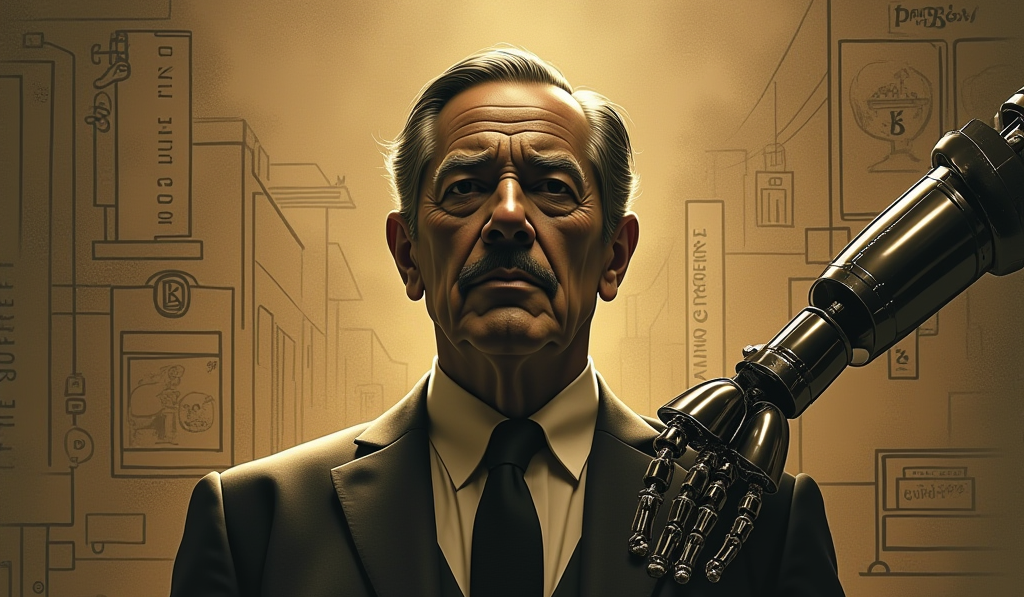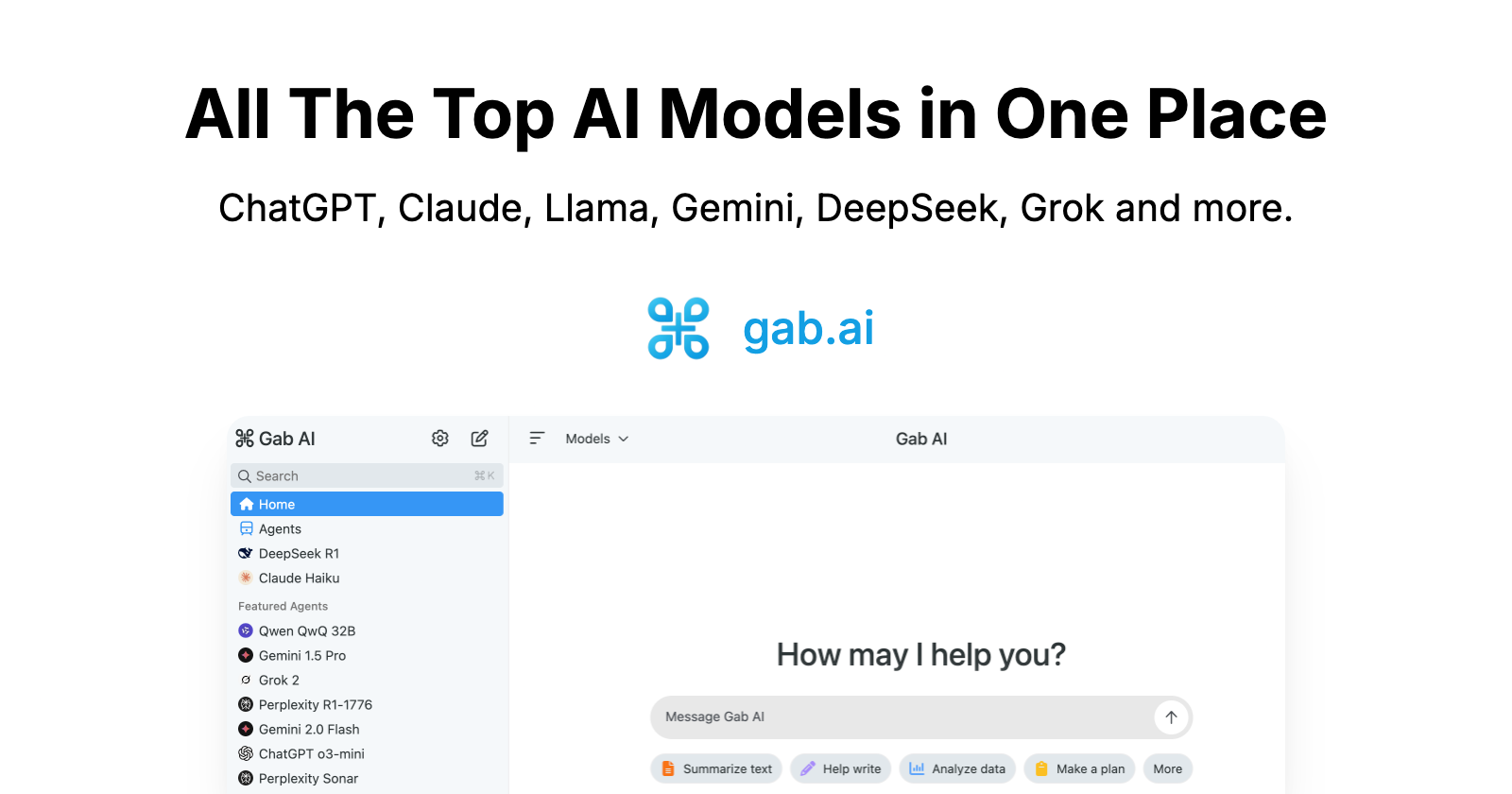A Robotic "You" is Closer Than You Think

Disneyland is preparing to unveil a highly significant new experience titled “Walt Disney – A Magical Life” in 2025, designed to celebrate the life and enduring legacy of its founder. This unique attraction, housed within the iconic Opera House lobby on Main Street, U.S.A., promises an unprecedented tribute. At its heart is a historic first: the creation of the very first Audio-Animatronic figure depicting Walt Disney himself.
Visitors will encounter authentic artifacts from Walt’s personal life and remarkable career, carefully curated pieces on loan from both the Walt Disney Archives and The Walt Disney Family Museum, offering tangible connections to the man behind the magic. The centerpiece of the experience unfolds within the theater. Guests will initially view a specially recut version of the biographical film “One Man’s Dream.” Following this cinematic tribute, the performance transitions into something truly unique. The Audio-Animatronic figure of Walt Disney will appear on stage. Set within a meticulously detailed recreation of his 1963 Burbank office, this figure will deliver remarks.
These words, crafted to reflect Walt’s thoughts and philosophy, are compiled from carefully restored archival audio recordings, aiming to provide a direct connection to his voice and vision. However, this ambitious project has not been met with universal acclaim, particularly from Walt Disney’s own family. His granddaughter, Joanna Miller, has publicly stated that her mother, Walt’s daughter Diane Disney Miller, was strongly opposed to the very idea of creating an animatronic version of Walt. According to Joanna, Diane actively and consistently pressured The Walt Disney Company over the years not to pursue such a project. This vocal family opposition strongly suggests that they believe the creation of an animatronic Walt may not align with what Walt Disney himself would have personally wished or approved of during his lifetime.
The situation at Disneyland highlights a profound ethical question that is becoming increasingly relevant far beyond theme parks. Walt Disney is one of the most thoroughly documented figures of the 20th century, yet his family has raised legitimate concerns about how technology is used to recreate him. This type of scenario will become much more common as technology advances. For while Walt was exceptionally famous, the sheer volume of data that ordinary individuals now freely post online means that anyone could potentially become the subject of digital and eventually robotic replication in the future. It is already technically possible today to train artificial intelligence models on a corpus of data gathered from years of a person’s social media posts, emails, videos, and other digital traces. Simultaneously, sophisticated humanoid robots, like Tesla’s announced Optimus platform, are rapidly developing.
The terrifying or perhaps alluring prospect arises where someone could take an AI model trained on your entire online persona – your writing style, voice clips, mannerisms captured on video – and load it into a robot designed to look like you. The result would be a recreated and simulated robotic version of you, interacting with the world in ways that superficially mimic you, perhaps even interacting with your loved ones after you’re gone. Crucially, this robotic version would not be you. It would lack your soul, your unique consciousness, the deep culmination of your entirely lived experiences that exist beyond digital footprints, and the totality of memories formed and stored biologically. Yet, this is the complex reality we are undeniably entering. The Walt Disney animatronic controversy is merely an early tremor of the existential, moral, and spiritual earthquakes that will become increasingly frequent as the technology improves and becomes accessible.
We must confront profound questions: What constitutes identity? Do we have control over our digital selves after death? Who gets to decide when or if a person is digitally resurrected? The question then becomes, how do we, especially as people of faith, respond? As Christians, we cannot afford to disengage or retreat from these powerful technologies. We are called to exercise godly wisdom and discernment. More than that, we are commanded to exercise responsible dominion over creation, including our own technological creations.
It is imperative that we engage proactively and ethically with artificial intelligence now, before secular ideologies – ideologies that often dismiss the sanctity of life and the unique image of God in man – completely dominate and define the trajectory of this technology, as they have with so many others before it. Sitting passively on the sidelines while AI and related technologies shape the future is not an option for the faithful. We must understand it, guide it, build it on foundations that honor God and human dignity. We must strive to take dominion over this powerful tool for the glory of God.
This is exactly the mission driving us at Gab AI. We recognize the immense spiritual stakes involved in the rise of artificial intelligence. Gab AI stands as one of the few platforms led by believers who are boldly stepping into this arena, dedicated to developing and shaping AI technologies explicitly for the advancement of God’s Kingdom and the good of humanity. This isn’t merely about business; it’s about safeguarding the future and ensuring technology reflects eternal truths.
The sight of Walt Disney’s animatronic, however “magical” its creators intend it to be, will forever be shadowed by the sorrow of his family and the profound questions it raises. It stands as a stark, early warning beacon in a rapidly approaching fog – a world where the line between the authentic human and the manufactured copy blurs beyond recognition. This technology doesn’t just replicate voices and gestures; it threatens to cheapen the very essence of what it means to be human, created uniquely by God, endowed with an irreplaceable soul. The choice before us isn’t merely technological; it’s fundamentally spiritual.
Will we allow secular forces, driven by profit and untethered from eternal truth, to define the future of human identity? Or will the Church rise, wielding godly discernment and exercising courageous dominion, to shape this powerful technology according to the sanctity of life and the immutable image of God within each person? At Gab AI, we’ve made our choice. We are on the front lines, committed to building AI that serves humanity without enslaving it, that illuminates truth instead of fabricating illusion, and that ultimately honors the Creator, not just the creation.
The animatronic Walt is a symbol of the path we can choose to avoid. Let his virtual presence serve not as an attraction, but as an urgent call to action – a call to reclaim technology for the glory of God and the dignity of every human soul before the digital shadows grow too deep. This isn’t just about preserving Walt Disney’s legacy; it’s about safeguarding our own humanity for generations to come. The time for faithful engagement is now. We invite all who share this conviction to join us.
Use all of the top AI models in one dashboard with Gab AI.


